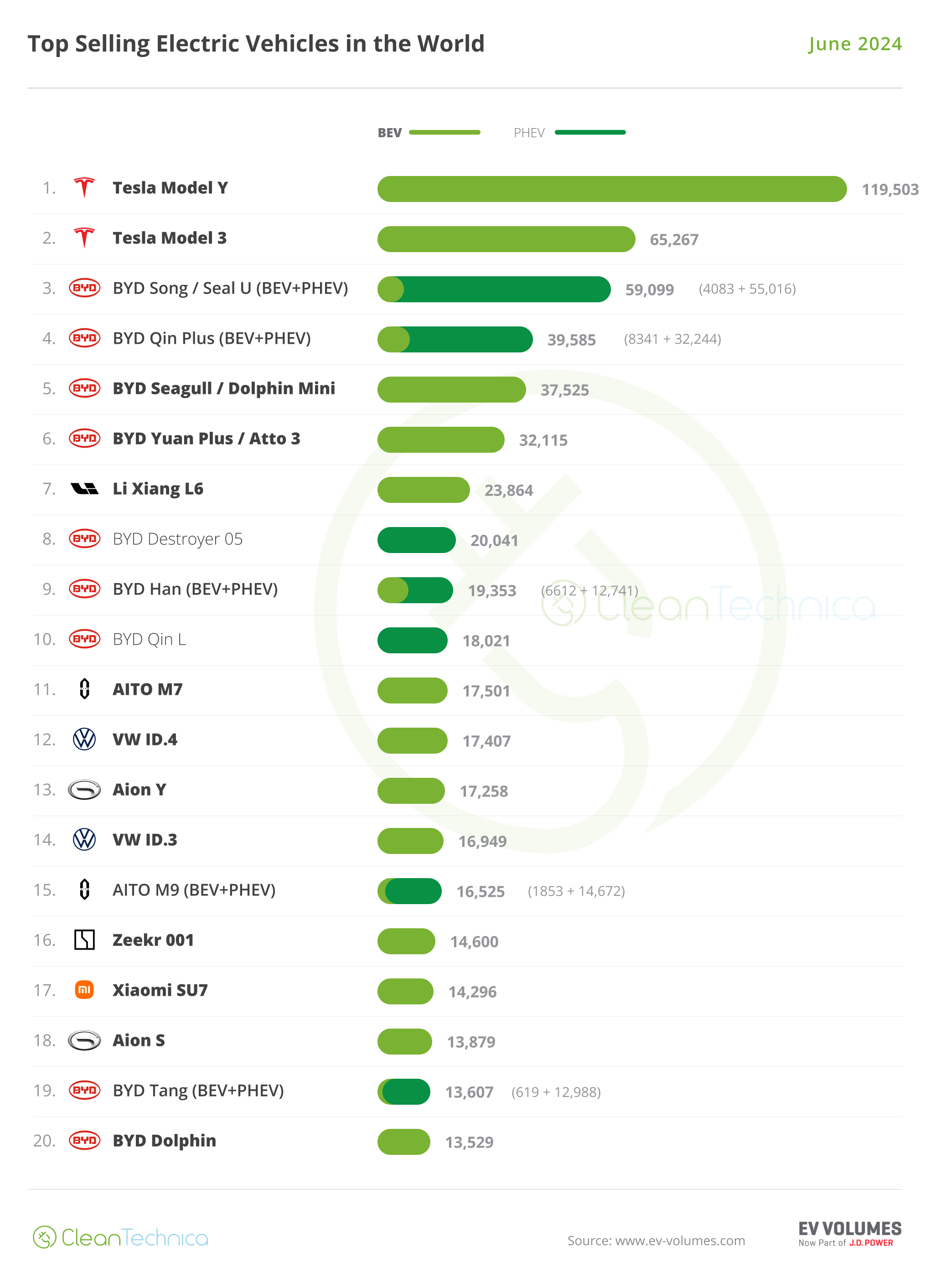(Reuters) – Oil prices edged lower on Tuesday on signs of profit-taking after rallying in July when investors benefited from tightening global supplies and signs of growing demand in the second half of the year.
Brent crude futures for October were at $85.89 a barrel at 0822 GMT, down 54 cents. Front-month Brent settled at its highest since April 13 on Monday.
U.S. West Texas Intermediate crude futures were at $81.24 a barrel, down 56 cents from the previous session’s settlement, which was its highest since April 14.
“Oil prices may face a correction risk as the markets may have been overbought in the past month,” said Tina Teng, an analyst at CMC Markets.
PVM analyst Tamas Varga noted that for months, predictions have been made that global oil demand will grow in the second half of 2023, versus the first half, in tandem with supply cuts to reduce global oil inventories.
“The cautious approach was the product of recession worries. Then July arrived and the mood has promptly changed,” he added, citing the action of central banks that has investors more confident that a “soft landing” is achievable and recession avoidable in major economies.
The latest figures from the United States – the world’s biggest fuel consumer – showed fuel demand rose to 20.78 million bpd in May, the highest since August 2019.
A Reuters poll also estimated U.S. crude oil and gasoline stockpiles were expected to have declined last week. Figures suggested that, on average, crude inventories fell by about 900,000 barrels in the week to July 28.
China, which has been grappling with a sluggish post-COVID recovery, released additional policy guidelines on Monday – though without concrete measures – to boost momentum, after manufacturing activity fell for a fourth month in July.
Alongside hopes of burgeoning demand, this Friday’s meeting of the Organization of Petroleum Exporting Countries and allies, known as OPEC+, is expected to see Saudi Arabia roll its voluntary cuts through September, further tightening supplies.
Share This:
Next Article






